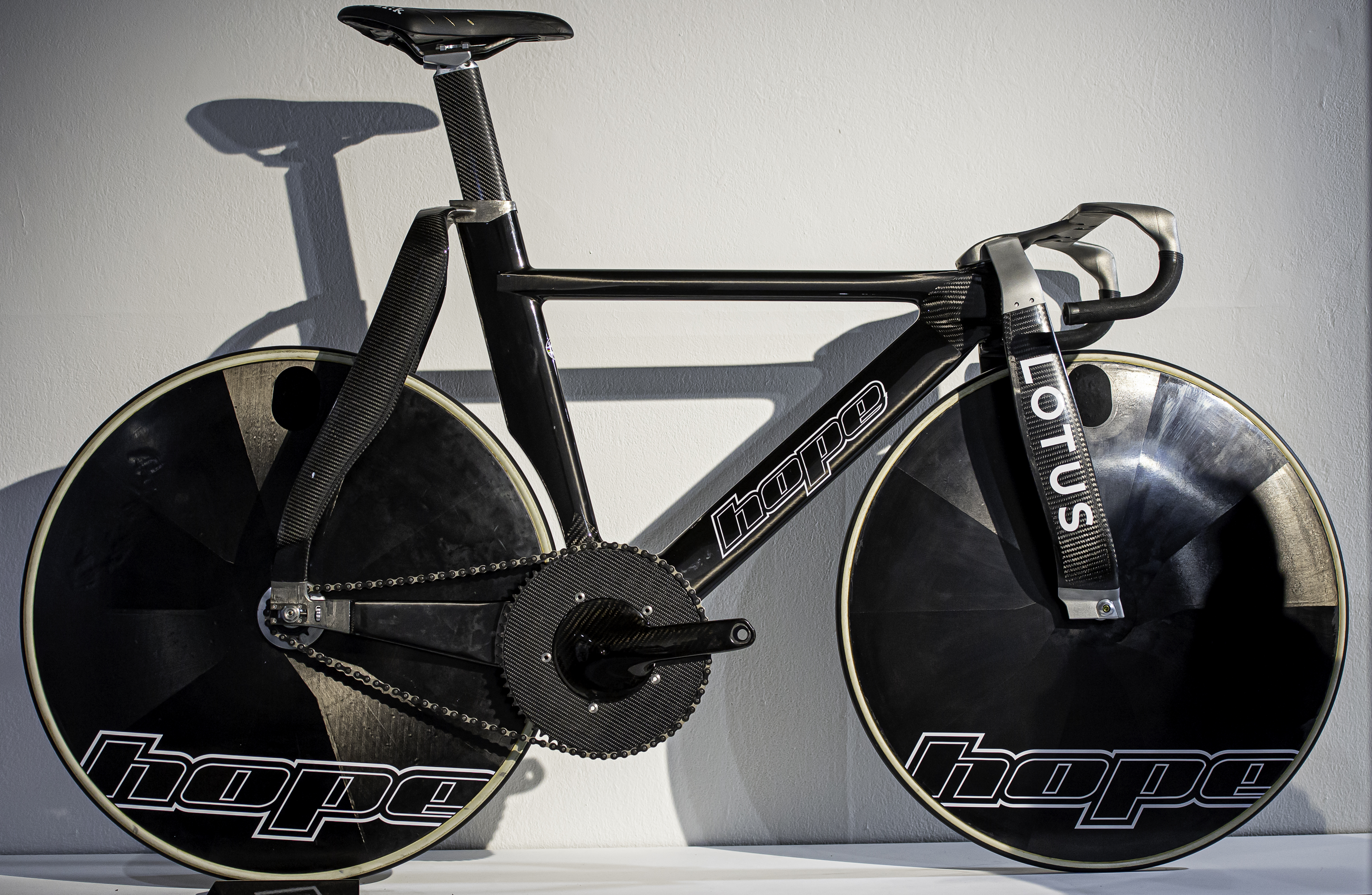
Renishaw has used additive manufacturing (AM) to help produce an innovative new track bike for the Great Britain Cycling Team (GBCT).
The company says that it was approached by British Cycling to help develop the HB.T, a bike which improves on previous designs by using a lightweight build to reduce drag and improve overall speed.
Renishaw initially 3D printed produce plastic and metal prototype parts to undertake aerodynamic testing of the new design and ensure that parts were light, geometrically correct and strong enough to endure the strain from riders. After proof of concept, the company then used its own RenAM 500Q AM systems to make aluminum and titanium parts, including handlebars, for the competition bikes, with parts customised for individual athletes. As a result, the bike was built and tested in time to be piloted during the opening round of the 2019/2020 Tissot UCI Track Cycling World Cup series in Minsk, Belarus, in November 2019, Renishaw said.
‘The UCI (Union Cycliste Internationale) rules for international competitions around forks and seat stays allowed this innovative bicycle, but this presented a huge challenge to make the bike light enough to be fit for Olympic competition, so optimising strength to weight would be key to success,’ said Ben Collins, design engineer at Renishaw. ‘It was exciting to see Renishaw's additive manufacturing expertise play a pivotal part in Great Britain's push for Olympic gold medals at Tokyo. The team won three gold medals, three silver and one bronze, which was a brilliant achievement for the cyclists and a great showcase for the benefits of additive manufacturing.’
This story uses material from Renishaw, with editorial changes made by Materials Today.






